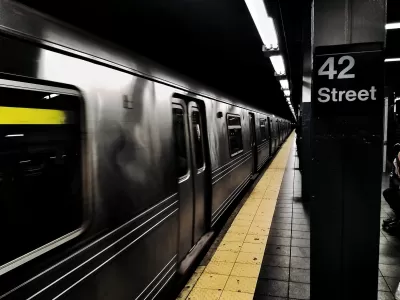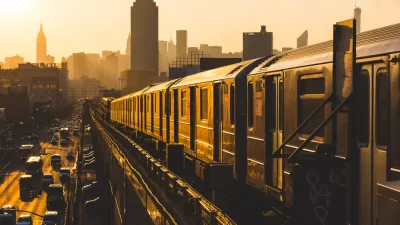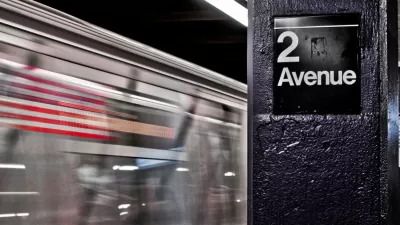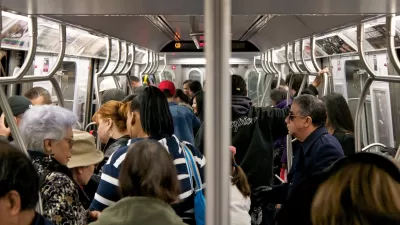The agency could see an influx of capital funds from congestion pricing, but cuts to bus and rail service to make up for budget shortfalls would result in long-term setbacks to the system.

The New York Metropolitan Transportation Authority is looking at ways to cut back to address an increasing budget shortfall, but service cuts are not the way to do this, argues Andrew Albert. Widespread support for congestion pricing points to $40 billion of capital funds in the future, which would result in more people moving to transit.
"That means there has to be service to get people where they need to go. It’s simple: if the service isn’t there, the riders won’t come. Why fund new signals when there are fewer trains to take advantage of them?" says Albert.
Instead, he urges a dedicated funding stream for operations, which could come from a sales tax increase or changes to the gas tax. "Clearly, no one wants to raise taxes, but neither can we ignore the deleterious results of service cuts. New York and the surrounding region cannot afford to be caught in a transit death spiral. Our economy will suffer but riders will be the biggest losers," adds Albert.
FULL STORY: MTA needs more revenue, not service cuts

Alabama: Trump Terminates Settlements for Black Communities Harmed By Raw Sewage
Trump deemed the landmark civil rights agreement “illegal DEI and environmental justice policy.”

Study: Maui’s Plan to Convert Vacation Rentals to Long-Term Housing Could Cause Nearly $1 Billion Economic Loss
The plan would reduce visitor accommodation by 25% resulting in 1,900 jobs lost.

Why Should We Subsidize Public Transportation?
Many public transit agencies face financial stress due to rising costs, declining fare revenue, and declining subsidies. Transit advocates must provide a strong business case for increasing public transit funding.

Paris Bike Boom Leads to Steep Drop in Air Pollution
The French city’s air quality has improved dramatically in the past 20 years, coinciding with a growth in cycling.

Why Housing Costs More to Build in California Than in Texas
Hard costs like labor and materials combined with ‘soft’ costs such as permitting make building in the San Francisco Bay Area almost three times as costly as in Texas cities.

San Diego County Sees a Rise in Urban Coyotes
San Diego County experiences a rise in urban coyotes, as sightings become prevalent throughout its urban neighbourhoods and surrounding areas.
Urban Design for Planners 1: Software Tools
This six-course series explores essential urban design concepts using open source software and equips planners with the tools they need to participate fully in the urban design process.
Planning for Universal Design
Learn the tools for implementing Universal Design in planning regulations.
Smith Gee Studio
Alamo Area Metropolitan Planning Organization
City of Santa Clarita
Institute for Housing and Urban Development Studies (IHS)
City of Grandview
Harvard GSD Executive Education
Toledo-Lucas County Plan Commissions
Salt Lake City
NYU Wagner Graduate School of Public Service





























